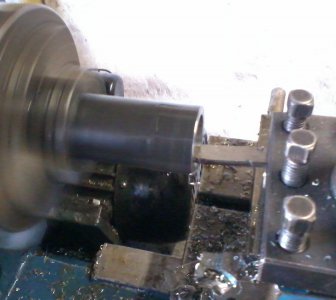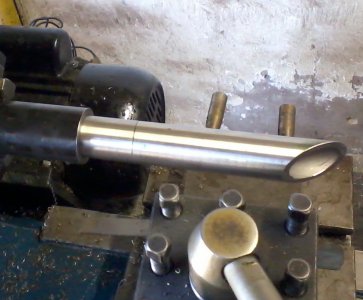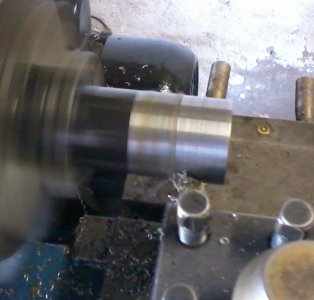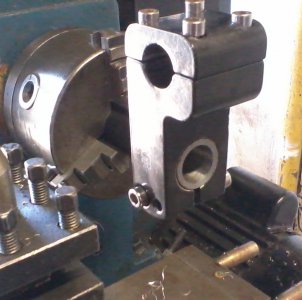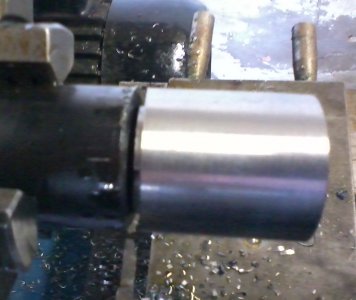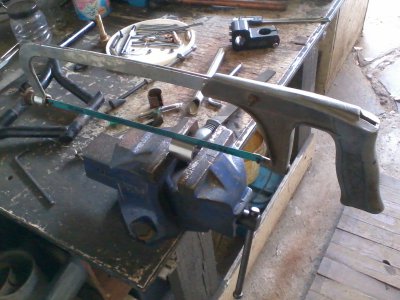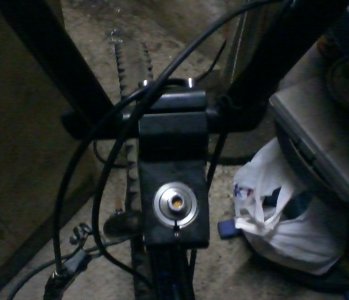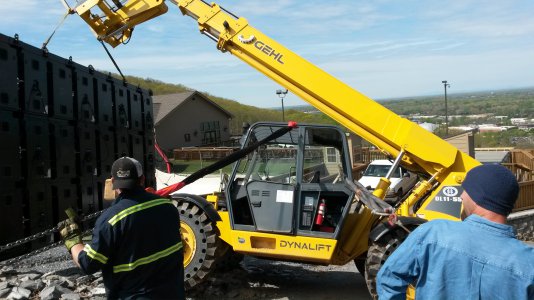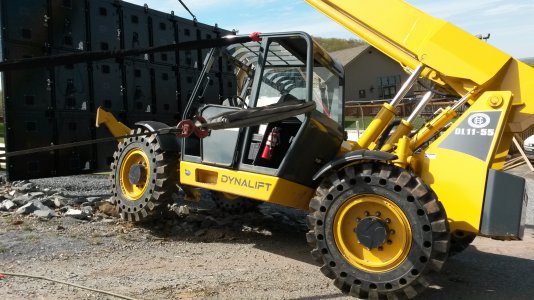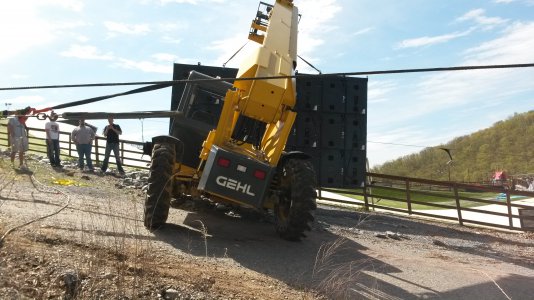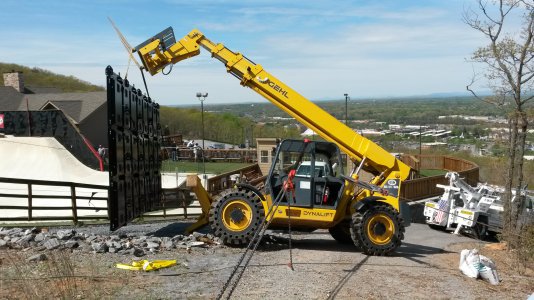I frequently get these blades to sharpen from a company that does plastic injection molding. They come from a granulator. It's a machine that chops up all their scrap so that they can use it again.
View attachment 76805
After these blades kept coming back, and being asked to make a couple of sets (30 in a set) I made a little fixture that can hold them at the right angle for sharpening on the surface grinder.
View attachment 76806
I need to get the whole set with a reasonably accurate range (0.05mm - 2 thou) or it results in uneven clearances when mounting in the machine and then it does not perform as good as it should.
I have 54 of these lil critters to sharpen so that's what I'll be doing tomorrow, and quite possibly the next day too.
Raps,
Very nice holding fixture...
A simple sizing fixture we often used for matching size was a spotter block to set along side of the job in line with the grinding line of action. When you dial to the last part's zero swipe across the spotter until you see the grease begin to wipe.
It was a block with a bar set into an angle slot so it could ground flat top and be slid a little bit to raise or lower and held with a pair of set screws. It would be micrometer set to high limit (or one thou over then grind off the thou) of the part and greased with a grease pencil. With just swiping the grease we could run many pieces with not measuring or loosing size. Seems that jig setting just to the right of your job might be a help to a job like that.
Another help to a number of pieces that may come in again is a diamond that is a measured height.. perhaps 2 thou short of part height (or on size). So when you re-dress you know the new zero will be 2 thou higher than your dress (or on size). Use a junk micrometer to measure a diamond.
I might also have a block-in to the left that just bumps near (perhaps 1/8 in lower) the top of the left part. That would take away the chance of slipping under the holding screws of the left part and the right part bumping the other would secure the right part.
50 offs? Do you generate across or feed down?


